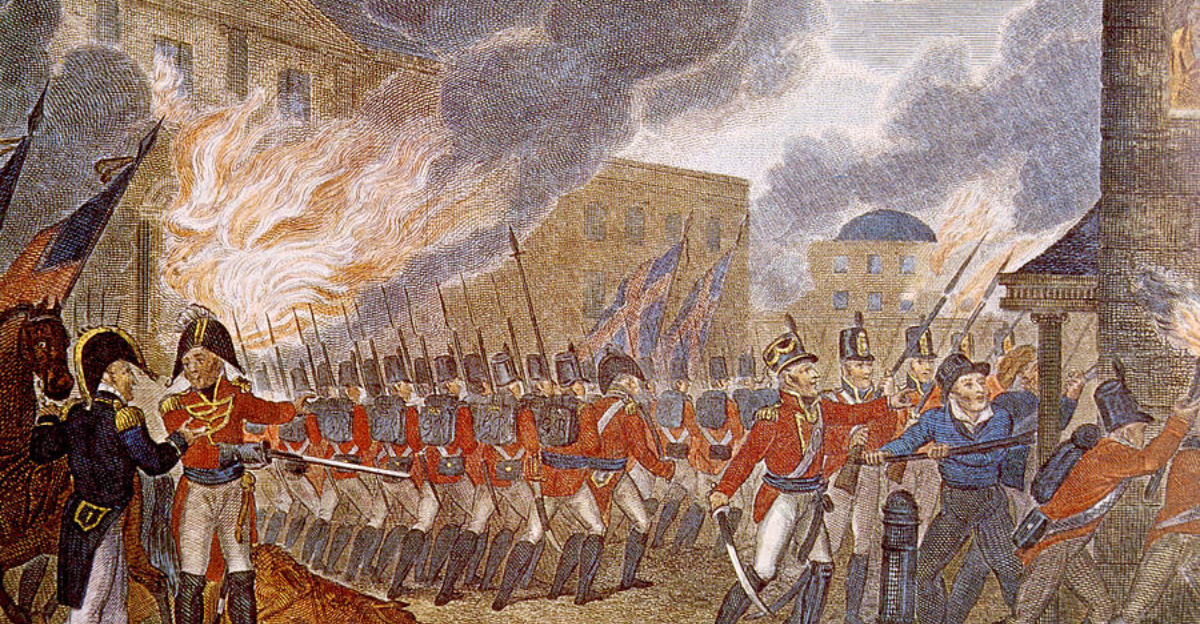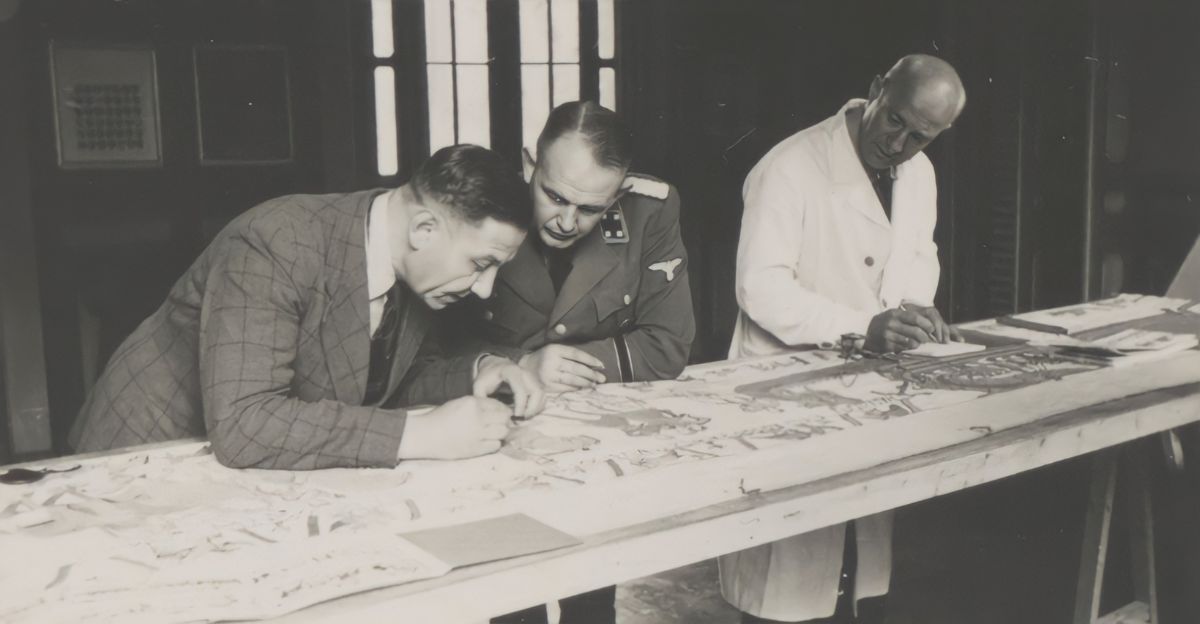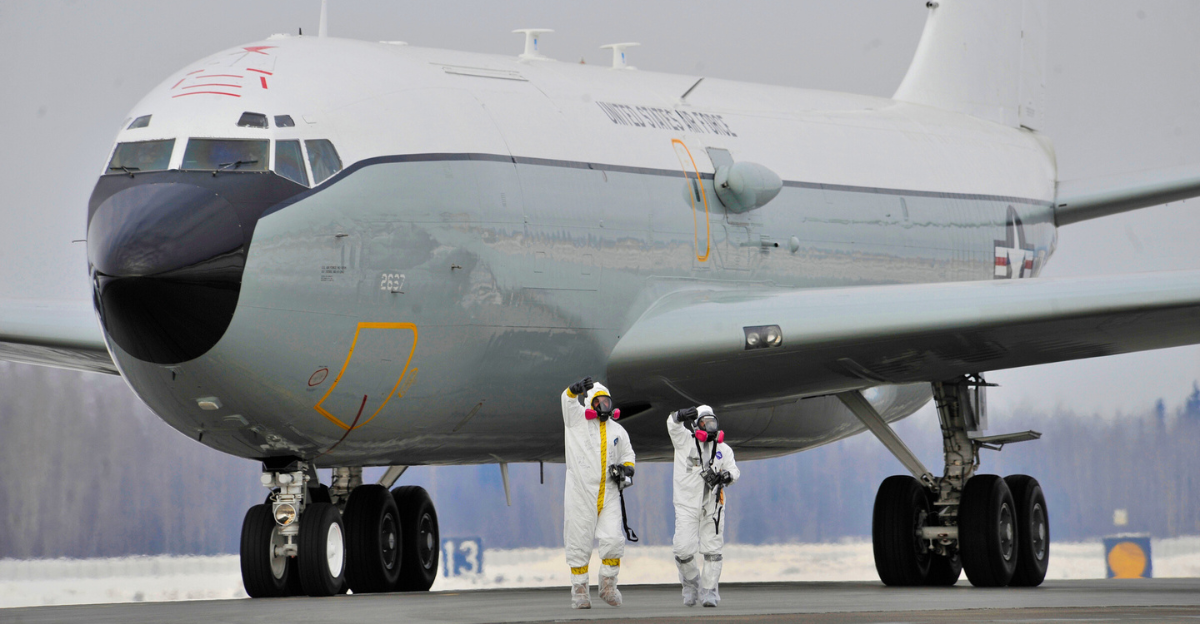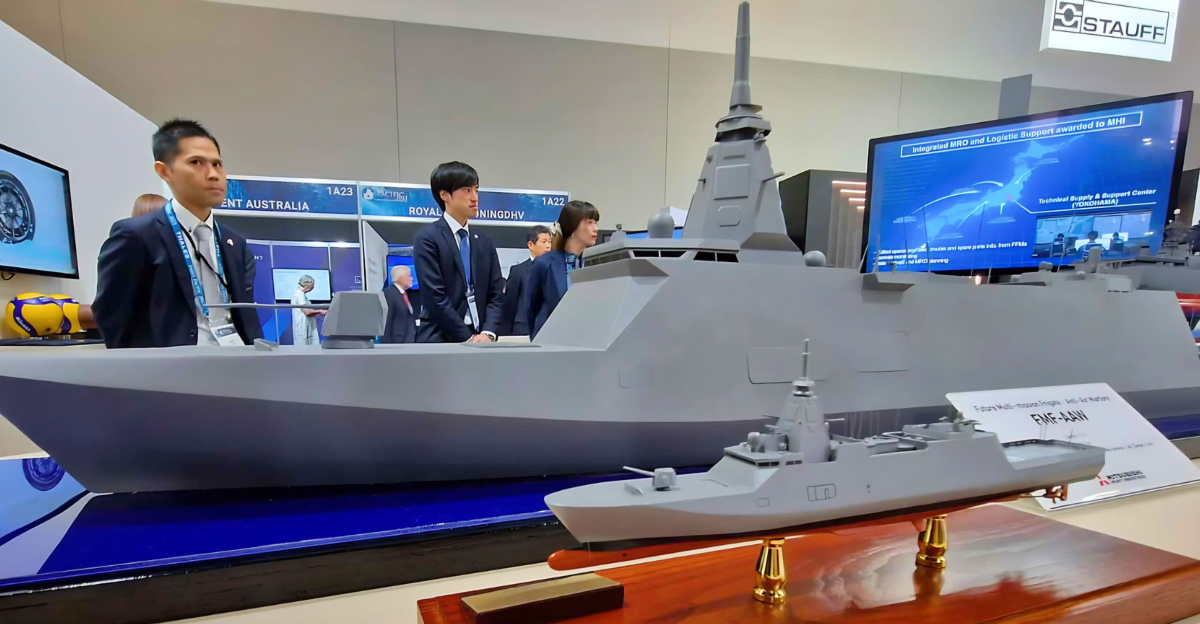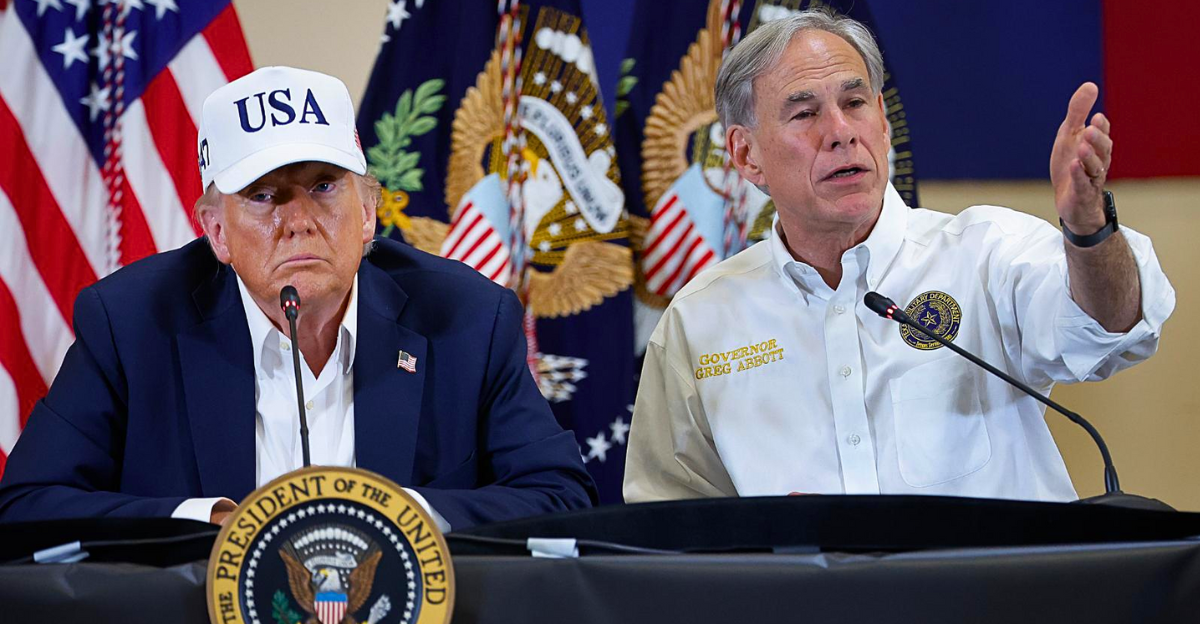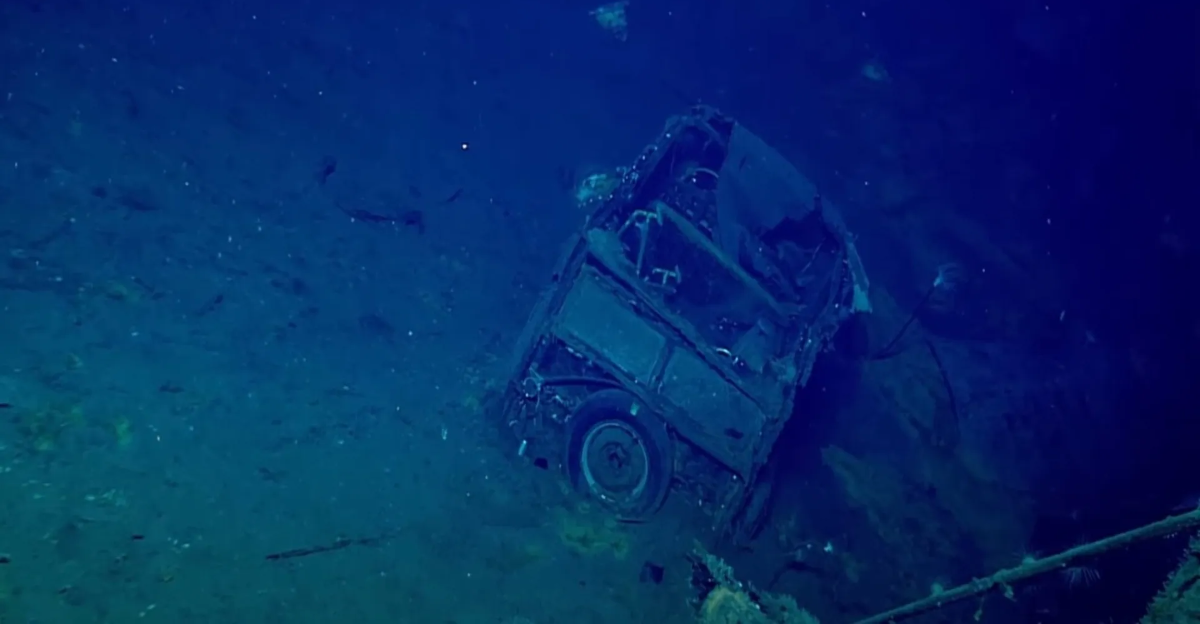
Iran raised a crimson flag above Qom’s Jamkaran Mosque on June 13, 2025, responding to Israeli airstrikes that killed top military and nuclear officials. Simultaneously, it mobilized 73,000 rapid‑response troops, the largest deployment since the Iran‑Iraq War. This wasn’t symbolism alone. The red banner signaled a vow of vengeance, rooted in Shia tradition, while the troop buildup readied Iran for an escalatory showdown with Israel.
What Happened in the Hours Before the Flag?
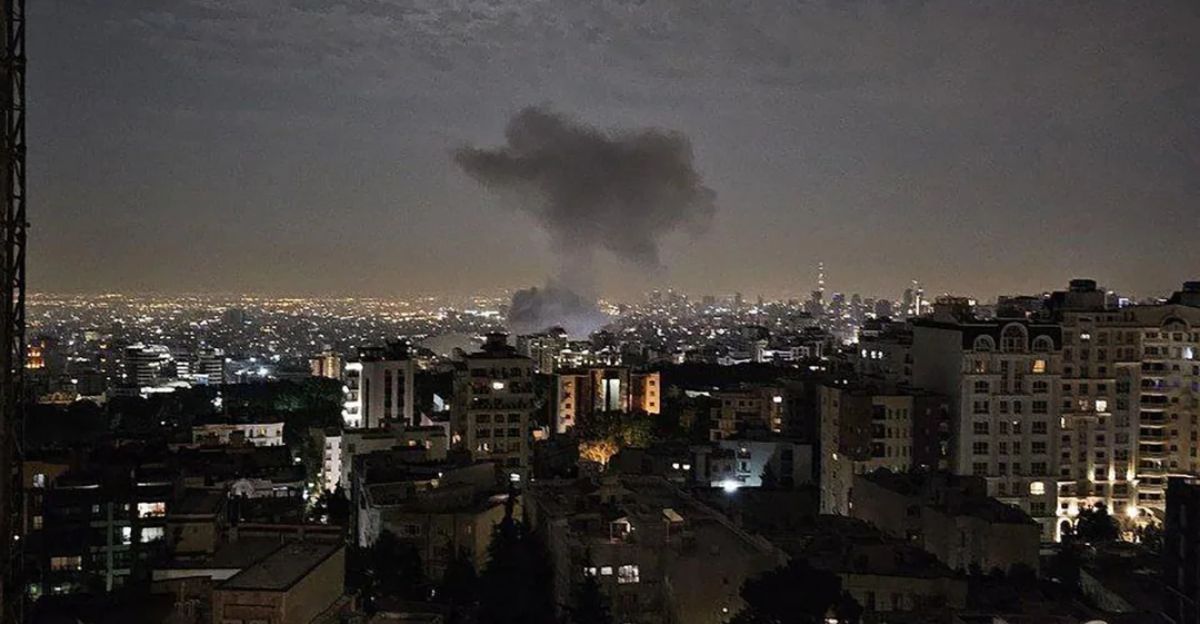
In the early hours of June 13, Israeli “Operation Rising Lion” unleashed over 200 aircraft in five waves, striking some 100 targets. They demolished the Natanz nuclear facility, damaged Fordow, and killed IRGC commander Salami, Armed Forces chief Bagheri, several senior intelligence officers, and key nuclear scientists. The severity stunned Iran and prompted a swift, emotionally charged response.
Who Were the Key Officials Killed?
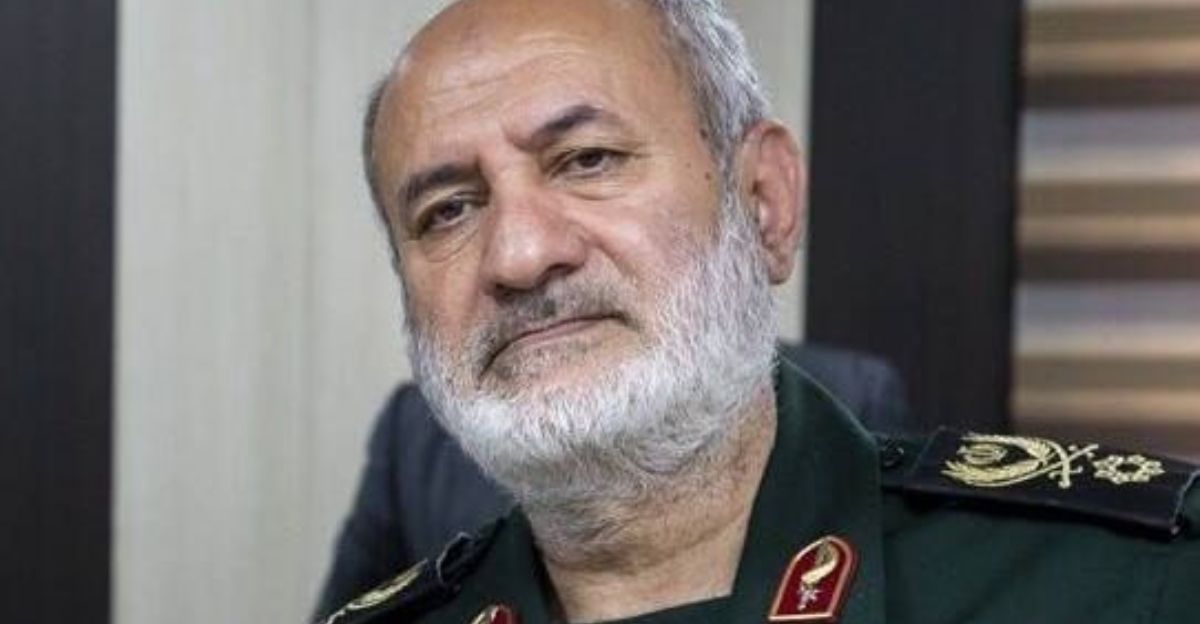
Among the dead were IRGC intelligence chief Mohammad Kazemi and deputy Hassan Mohaqeq, alongside senior officer Mohsen Bagheri. Top commanders Hossein Salami and Mohammad Bagheri were also killed, decapitating Iran’s military leadership. Nuclear scientists lost in the strikes were central to uranium enrichment efforts. Their deaths were a blow not only militarily, but symbolically and technically, deeply stirring Iranian resolve.
Was Iran Caught Off Guard?
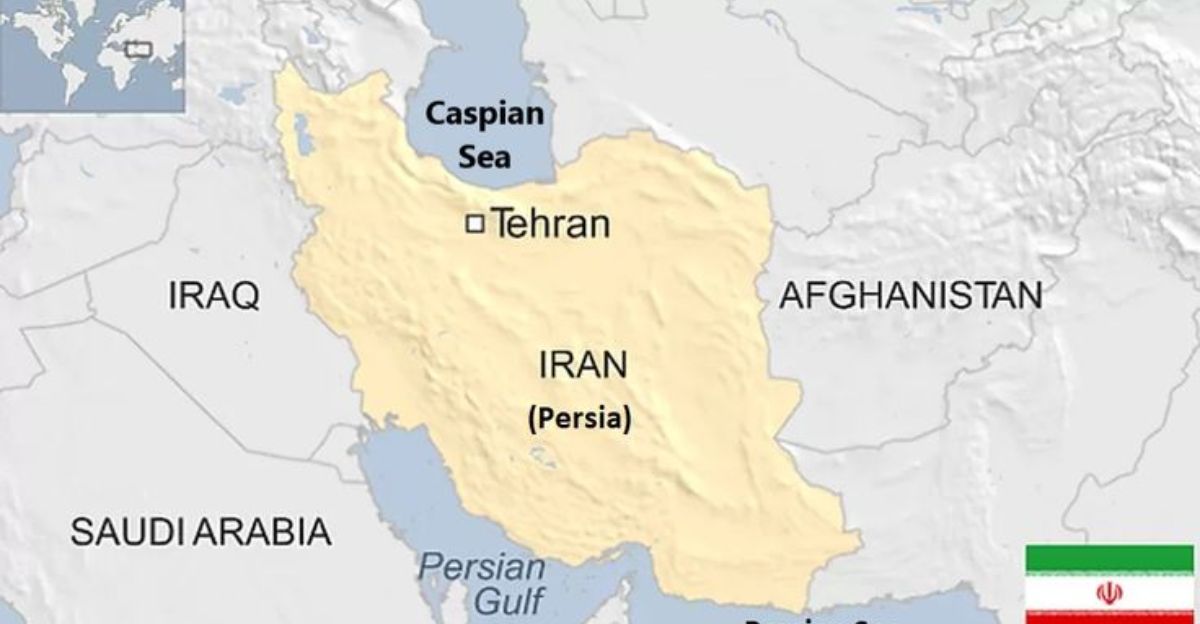
Despite boasting readiness, Iran struggled to respond swiftly. The IRGC head Salami himself claimed full preparedness shortly before being killed. After his death and those of other leaders, Iran took hours to launch missiles. In four days, it lost much of its missile launch capacity. The shortage suggested Iran’s deterrence wasn’t as robust as it professed, raising questions about its ability to respond effectively.
How Did Iran Signal Its Intent to Strike Back?
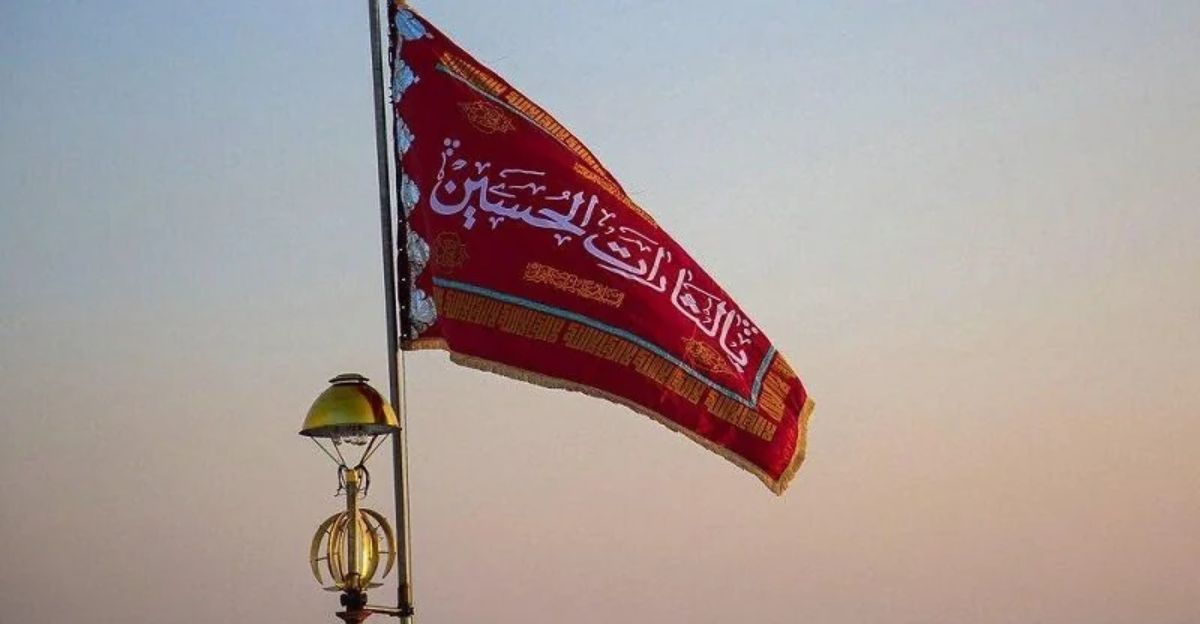
Later on June 13, Iran raised the crimson flag, a profound act invoking religious duty. Leaders reinforced the message: Iran’s armed forces were fully ready and backed by the nation. The flag didn’t just mark a spiritual vow; it telegraphed an upcoming strike. Tehran made clear to both domestic and international audiences that revenge would follow, and that Iran stood united behind its fighters.
What Does the Crimson Flag Symbolize?
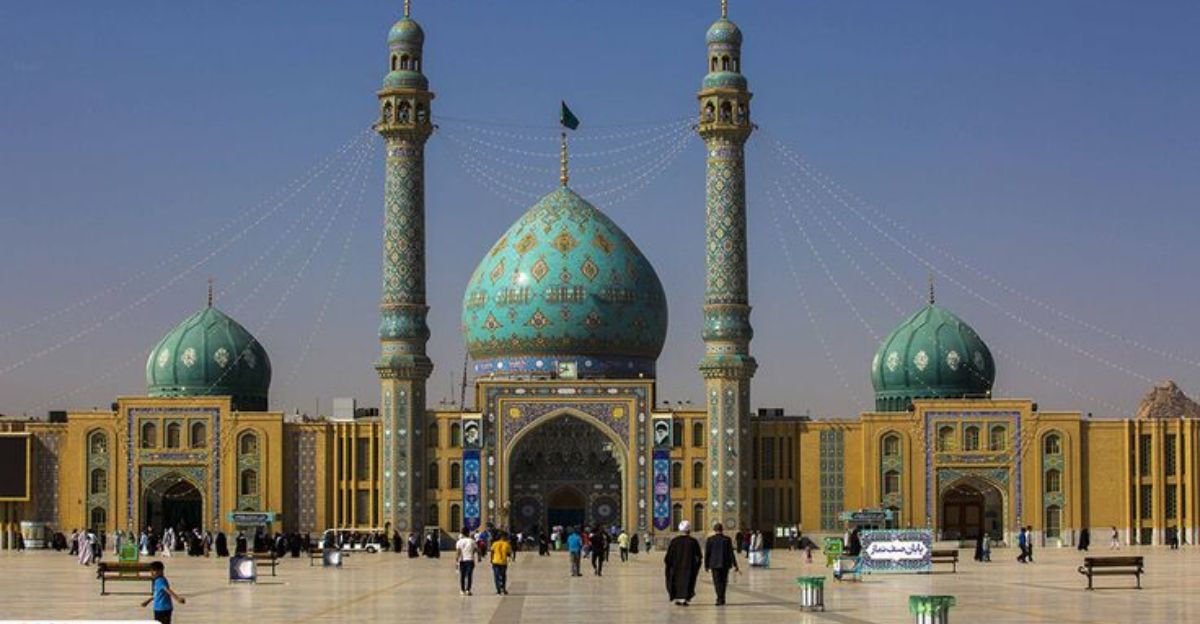
In Shia Islam, the red banner represents martyrdom and justice. It dates back to Imam Hussein’s death in 680 AD at Karbala and traditionally remains raised until revenge is fulfilled. When Iran hoists the flag above Jamkaran Mosque, it’s a spiritual summons and public declaration. It transforms a fight into a sacred mission, rallying followers and binding leaders to the vow to retaliate.
The Last Time The Crimson Flag Was Raised

The flag was last flown in 2020 after the killing of General Soleimani. That moment marked a vow of vengeance. Now, once again, Tehran summons centuries‑old symbols and narratives to frame their response. By drawing historical parallels, Iran signals that this retaliation isn’t reactive, it’s part of a continuum of religiously mandated retribution bound to play out in visible military force.
What Might Iran’s Vow Mean in Practice?

Iran’s vow suggests a calculated response across multiple fronts: missile barrages, proxy operations, and possibly cyberattacks. It signals coordinated action—not just isolated strikes. The deployment of 73,000 troops, likely in concert with regional allies like Hezbollah, hints at a wide-ranging strategy. Iran wants vengeance, not a warning. The question now is how far it will go, and how many fronts it opens.
How Many Missiles Has Iran Launched
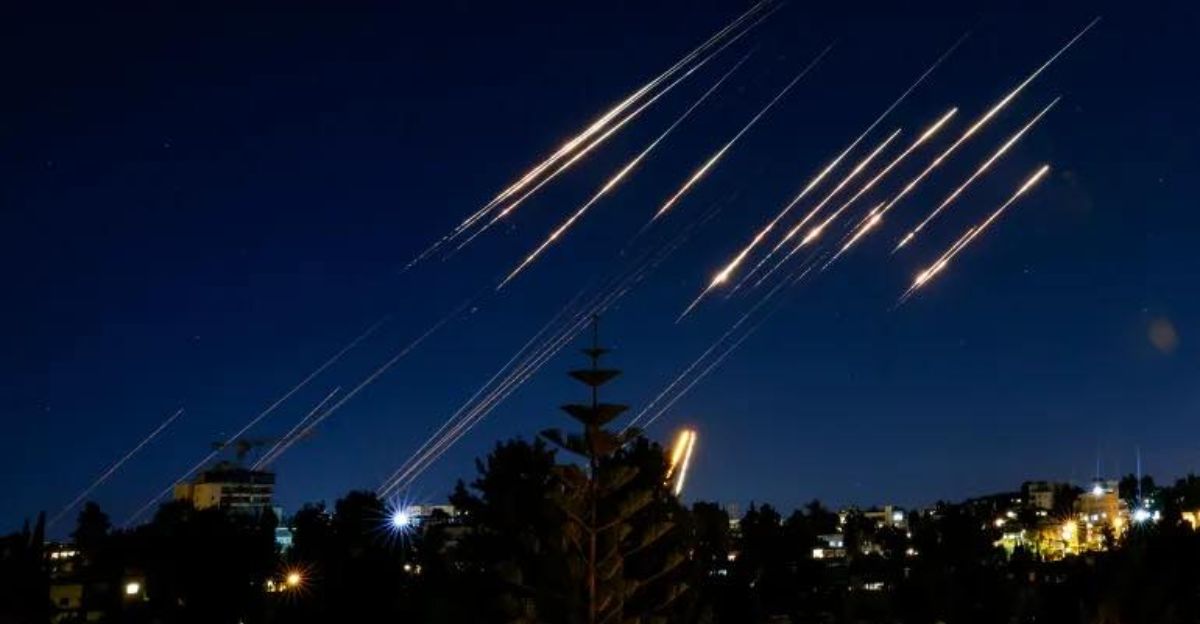
Since June 13, Iran launched more than 370 ballistic missiles and drones at Israeli towns. Roughly 350 missiles were fired, some in barrages of 30–60 per wave. IDF interceptions reached 80–90 percent, but residual strikes killed 24 civilians and wounded over 500. The timeline: first barrage on June 13–14, another on the 15th killed 10 including children, and on June 16, eight died in overnight attacks.
How Are World Powers Reacting?
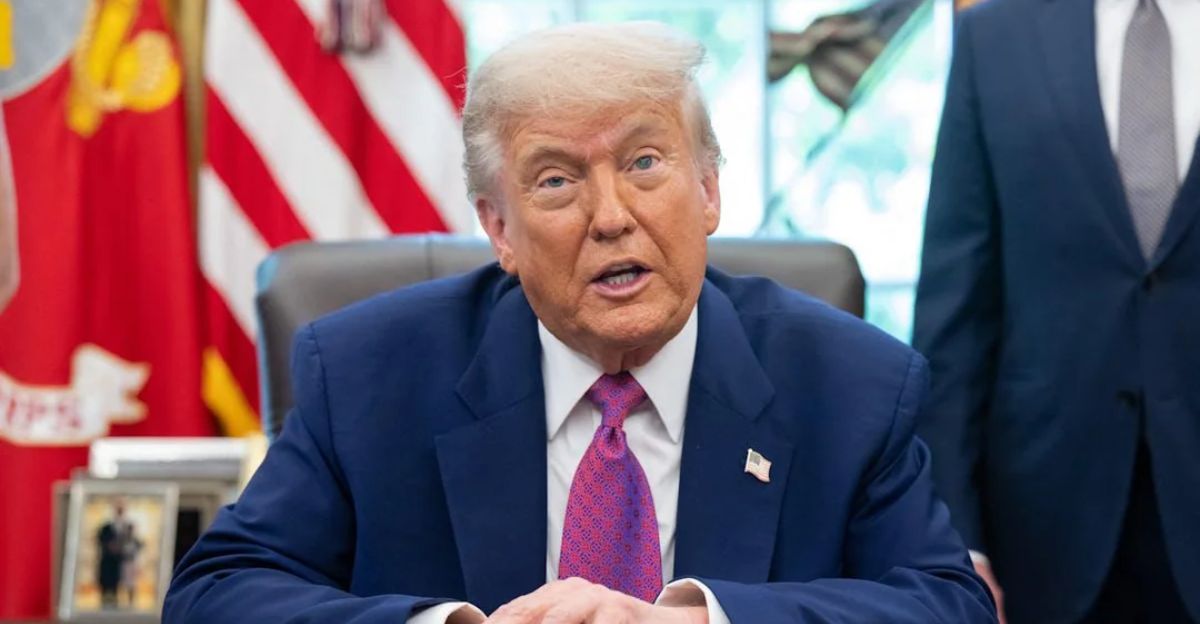
Russia and Turkey swiftly condemned Israel’s airstrikes, calling them an “act of force” and warning of long-term regional fallout. Both leaders urged diplomacy, especially around Iran’s nuclear program. Meanwhile, President Trump’s stance has shifted. Though publicly calling for peace, he’s privately offered Israel logistical help and intelligence, but stopped short of endorsing strikes on Iran’s Supreme Leader, signaling cautious support.
Why Is This Conflict Escalating Regionally?

Iran’s actions ripple beyond missile strikes. Their 73,000‑strong mobilization, tied to regional proxy forces; Hezbollah, Iraqi militias, Houthis, creates a “ring of fire.” Yemen launched missiles in solidarity; Syria may follow. Regional players now calculate their stance. Saudi Arabia, Turkey, Russia, China, the U.S., Europe, all are adjusting to a shifting power dynamic driven by Iran’s ritualized vengeance and Israel’s high-tech dominance.
What Comes Next in a Region on Edge?

Iran’s combination of ancient vows and modern force marks a turning point. Its nuclear path is crippled, leadership decapitated, and conventional forces strained, but the vow of vengeance compels action. Israel’s precision excellence challenges Iran’s capacity, making escalation likelier. With multiple fronts warming up and regional alliances ready to act, the next days may determine whether this conflict spirals into war or holds at dangerous parity.

